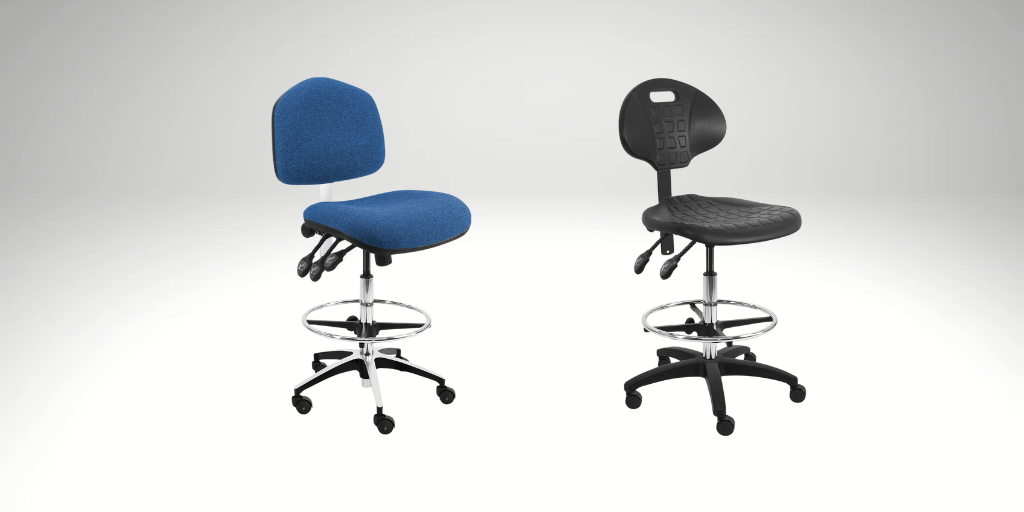
Humans encounter the nuisances of static electricity in their daily lives, from the unexpected jolt when shuffling across a carpet to the potential hazards it poses in workplaces with high electrical activity. In industries such as semiconductor manufacturing, automotive, and medical fields, Electrostatic Discharge (ESD) can wreak havoc on delicate electronics, leading to costly repairs and decreased productivity. Incorporating ESD-safe furniture, including chairs, is a crucial step in mitigating these risks and maintaining operational efficiency.
Understanding ESD Chairs
ESD occurs when non-conductive objects accumulate static electricity, posing a threat when discharged onto sensitive electronics. Traditional chairs can exacerbate this issue, as static electricity builds up and transfers between the chair and the user. Every component of an ESD chair, from the chair seat and backrest to the casters and other plastic or metal parts, should discharge static electricity following recognized standards.
Key Features to Consider
- Third-Party Quality Verification
When selecting an ESD chair, prioritize those with third-party certifications, such as those from the Business Institutional Furniture Manufacturer’s Association (BIFMA). These certifications ensure compliance with industry standards and guarantee effectiveness in mitigating ESD risks. Brands like BenchPro and GK Chairs provide peace of mind with their BIFMA compliance.
- Seating Ergonomics
Beyond ESD protection, ergonomic considerations are paramount for employee comfort and productivity. As reported by OSHA, many lab workers risk developing injuries and disorders from the repetitive or unusual actions that their work may require. Look for chairs with adjustable features, including seat height, armrests, and lumbar support. Investing in ergonomic ESD chairs not only enhances worker well-being but also promotes sustained focus and efficiency.
- ESD Upholstery Choices
Consider the specific requirements of your workplace environment when selecting upholstery materials for ESD chairs. While fabric and vinyl are common choices, industries with stringent cleanliness standards may opt for Polyurethane or Polypropylene for their resistance to water, chemicals, and coatings. Choose upholstery that balances comfort, durability, and ESD protection according to your unique needs.
- Warranty
Quality ESD chairs come with comprehensive warranties, reflecting the manufacturer's confidence in their durability and effectiveness. Prioritize chairs with robust warranty coverage to safeguard your investment and ensure long-term reliability.
Conclusion
In environments where static-sensitive electronics are prevalent, investing in high-quality ESD chairs is essential for safeguarding equipment, minimizing downtime, and maximizing productivity. By prioritizing third-party verified quality, ergonomic design, warranty coverage, and suitable upholstery materials, organizations can create safer and more comfortable workspaces while mitigating the risks posed by Electrostatic Discharge.
For more information on ESD chairs and creating ESD-safe workstations, contact SMT Supplies today. Protect your investments and empower your workforce with the right ESD chair solutions.